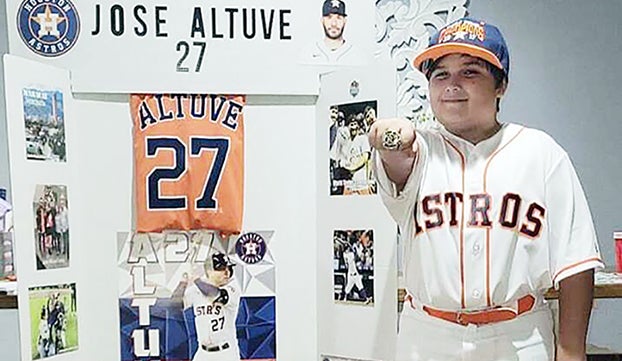Coloradan Has Mom and Son with Disabilities
Published 12:52 pm Wednesday, February 10, 2016
By Daniel J. Vance MS, LPCC
Mary Anne Fleury of Elizabeth, Colorado, has experienced disability from nearly every angle. After receiving a special education degree in 1981 from the University of Dayton, she eventually became a special education teacher. She started being more professionally involved in her field when her son, now 26, was diagnosed with Tourette syndrome, obsessive-compulsive disorder, and attention deficit disorder.
In a telephone interview, 56-year-old Fleury said, “Matt was our first child. When he was an infant, his hands and feet were moving constantly. He was running at nine months old and jumping on tables at eleven months. When he was five years old, a neighbor came over to say Matt had been on the roof a lot. He was so active and couldn’t focus his attention on anything.”
In part because of experiences with her son, Fleury in 1996 began Colorado Advisory Network, a nonprofit group educating people about disabilities and resources. She put on annual conferences for parents, nonprofits, and educators, and eventually became involved statewide with various groups seeking to improve special education processes, best practices, and accountability measures. Currently, she is director of exceptional student services at Lewis-Palmer School District in Monument, Colorado. She opined that school districts should focus more on growing children and less on the current test score system.
Besides her son, another disability-related challenge occurred with her mother, who lives in a nursing home. “She’s 90 now,” said Fleury. “In 2007, we started piecing everything together. My dad had been covering up (her Alzheimer’s disease) a long time. When he died in 2009, we started noticing more things. At the beginning (of the disease), she could recognize voices, but not faces. She would get very angry and confused when things were not presented to her visually.”
Fleury said people with Alzheimer’s disease (and those with autism, too) respond much better when having complicated tasks broken down into smaller components using visual aids. For example, she said the task of brushing teeth could be made visual through a series of pictures, such as ones including applying the toothpaste, turning on water, and moving the brush back and forth.
She said, “Doing it this way means (affected people) can remain independent as long as possible. It values them as people and doesn’t take away their sense of self-worth.”
Fleury is finishing up a PhD program in special education at University of Northern Colorado.
Facebook: Disabilities by Daniel J. Vance [Sponsored by Blue Valley Sod.]





